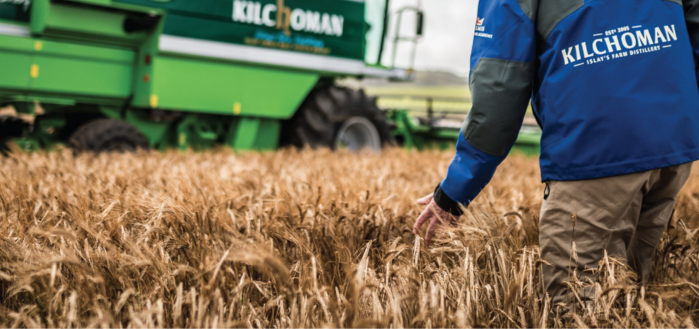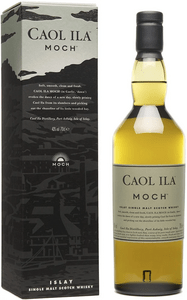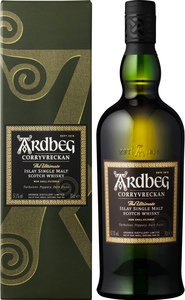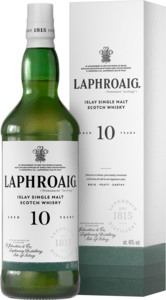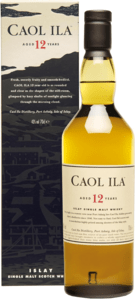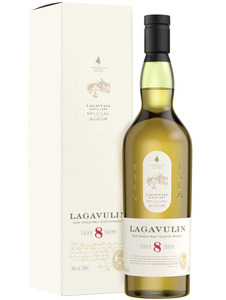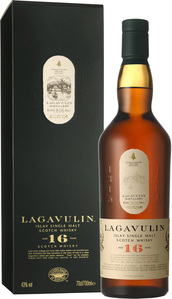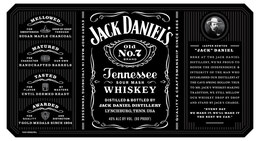Islay whisky: history and the magic of peat
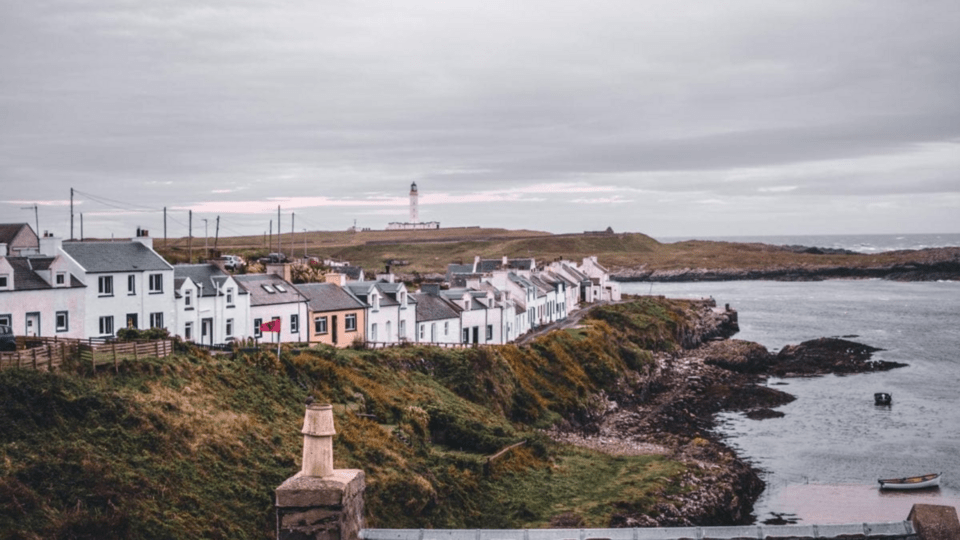
Why is Islay whisky peaty? Find out how peat shaped the taste of whisky on this island and why it is now a cult region for Scotch whisky production.
Islay is iconic among whiskey enthusiasts for its smoky, peaty character, which sets it apart from other regions. But how did this peat actually get into whiskey? Why Islay, and why has this region become popular among whiskey lovers around the world? We will look at these and other questions in this article.
What is Islay?
Islay is a small island located off the west coast of Scotland. There are currently 10 active distilleries (Bowmore, Lagavulin, Ardbeg, Laphroaig, Caol Ila, Ardnahoe, Kilchoman, Bruichladdich, Bunnahabhain, and Port Ellen, which recently reopened), and there are plans to build more new distilleries such as Portintruan and Laggan Bay.
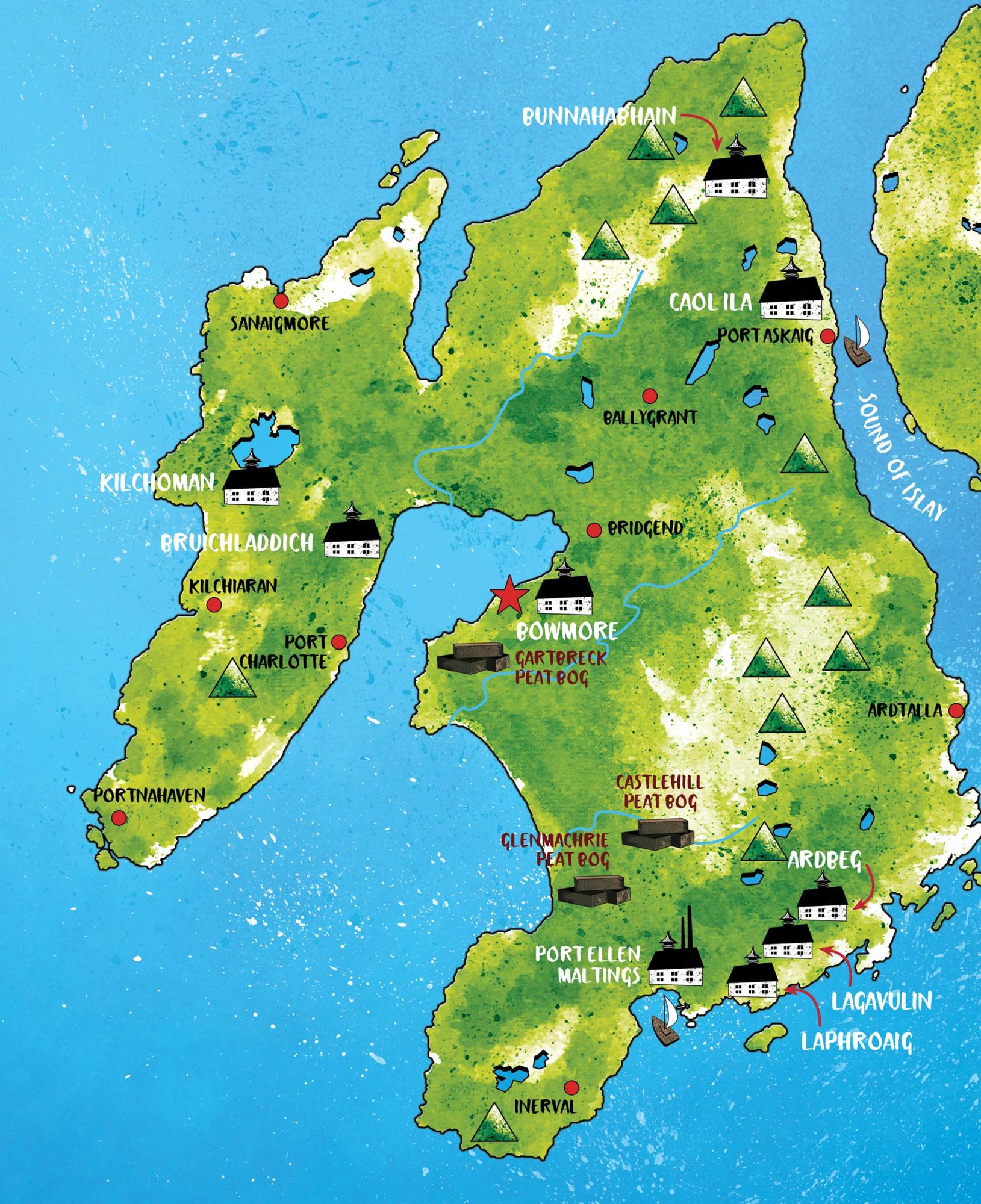
What exactly is Islay whisky?
It is a whisky originating from the Islay region of Scotland. The Scotch Whisky Association officially recognizes five regions: Highland, Lowland, Speyside, Campbeltown and Islay, but there is currently discussion about separating "Island whisky" from the Highland region, where it is currently located.
Distilleries are divided into regions according to a related flavor profile, i.e., according to the flavor profile that is "most common" for whiskey from a given region. For example, whiskeys from Speyside are known for being most often matured in sherry casks and for being intense, spicy, and have notes of forest fruits, honey, and cinnamon; while whiskey from the Lowlands region is typically smoother, more herbal, and has flavors such as vanilla, oak, and orchard fruits.
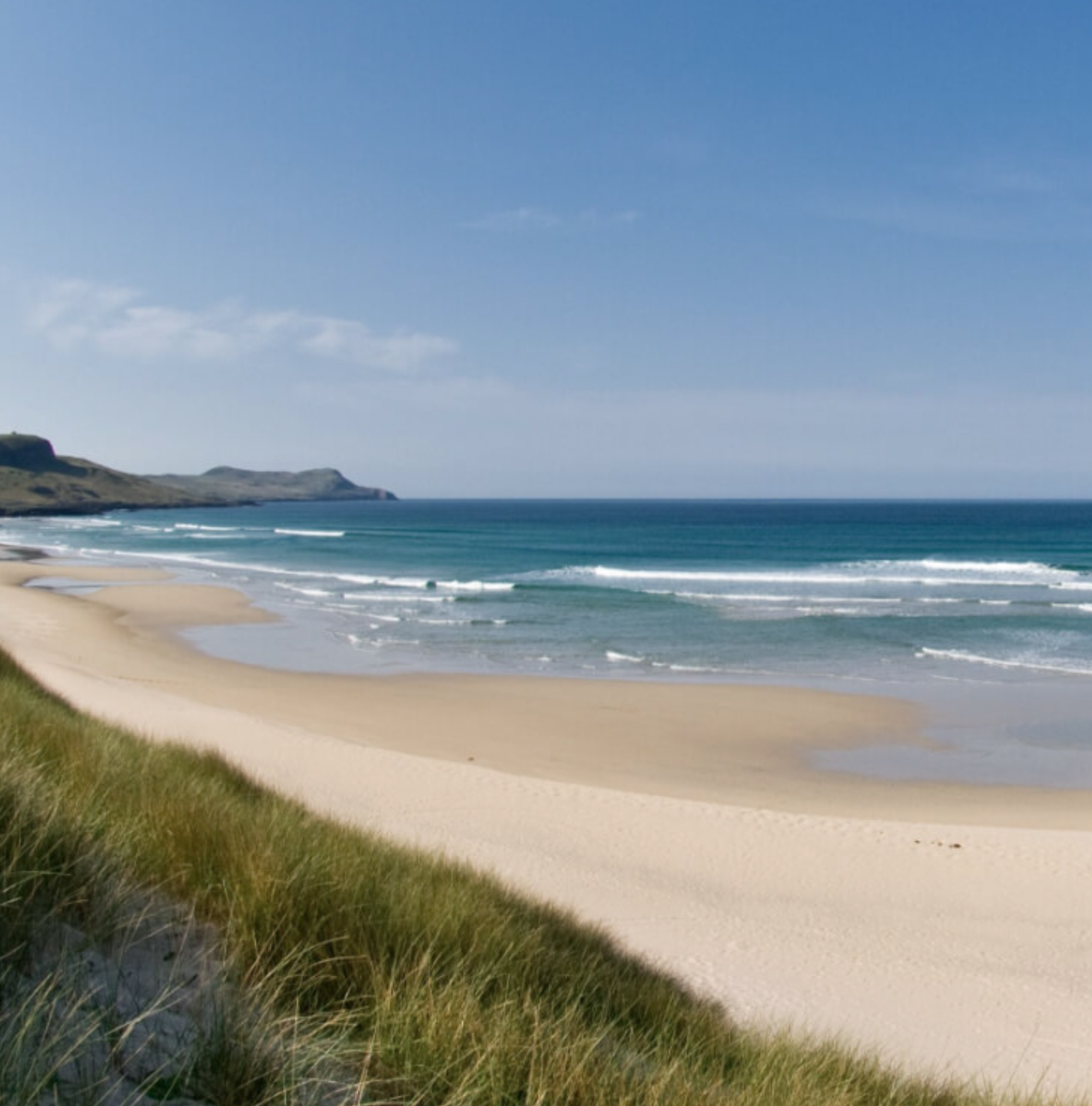
Whisky from Islay is known for its distinctive smoky flavor and maritime character. However, there are exceptions to every rule, and just as we find peated whiskies in other regions (e.g., Ardmore in the Highland region or Meikle Toir in the Speyside region), we can also find distilleries on Islay that produce unpeated spirits (e.g., Bunnahabhain 12 or Bruichladdich Classic Laddie, etc.)
Why is peat used on Islay?
In short, because there is a lot of it on the island. Islay has rich peat bogs, but is poor in forests, so it was most efficient to smoke or dry germinated barley on peat instead of, for example, coal. However, this process transferred the smoky aroma of peat to the wort and later to the resulting whisky. Over time, a process that was nothing more than a necessity became a characteristic feature of the entire region.

Today, the "smokiness" of whiskey is a measurable value that producers usually indicate with a number followed by the abbreviation PPM. PPM stands for phenol parts per million and can be loosely translated as the phenol content in the distillate. These phenols get into the whiskey when the barley is smoked over peat. However, the phenol content in whiskey is usually measured before distillation (it is measured in the malt, not in the distillate), so the phenol content in whiskey can sometimes be misleading. For example, a producer may state that the whiskey was smoked at 50PPM, but during distillation, some of the phenols are lost, and the final bottled product may only have 30PPM.
How did Islay whisky become a cult icon?
Gradually. Islay whisky was initially perceived as heavy and inaccessible, especially by newcomers who couldn't cope with the tones of smoke, weed, or earthy peat. seaWhisky from this region experienced its biggest boom in the 20th century, when it was popularized by the former owner of the Laphroaig distillery, Bessie Williamson, who owned it in the 1950s and 1960s. Bessie Williamson was the first woman to own a Scottish whisky distillery in the 20th century, and in the 1960s, the Scotch Whisky Association made her their spokesperson in the US. She noticed the growing demand for "single malt 1" Scotch whisky and adapted the production of Laphroaig, which until then had been used more or less for blends. This increase in interest occurred mainly in America, where Islay whisky later began to be perceived as a luxury product found in premium bars and restaurants.
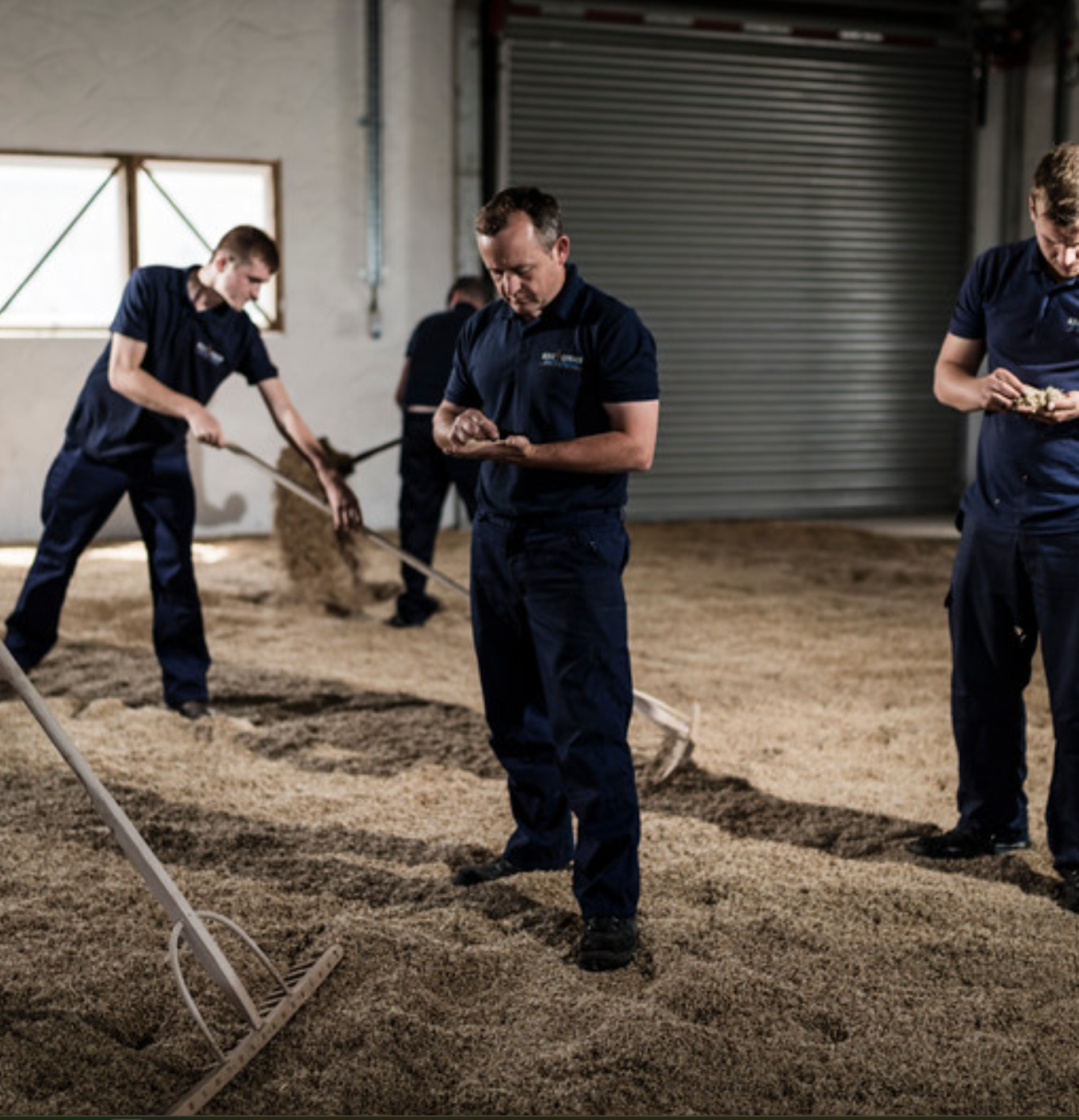
At the turn of the century, interest in whiskey with a rich flavor was renewed. Whiskeys from the island of Islay, known for their peaty flavor, traditional production, and authenticity, became particularly sought after. Distilleries such as Lagavulin, Ardbeg, and the aforementioned Laphroaig, which represented these aspects of taste and production, came to the fore.
Today, peated whiskey is one of the most sought-after styles of whiskey and is enjoyed by fans around the world. The rise in popularity of this style can also be seen in distilleries that were not traditionally known for producing peated spirits, but over time decided to experiment and adapt to modern trends (for example, Balvenie and their Week of Peat release).
What flavors are most commonly found in whiskey from this region?
We have already mentioned some of them in the previous paragraphs, mainly peat and smoke, but these are not the only flavors that can traditionally be found in whiskey from this region. The most common flavors are iodine, ash, tobacco, salt, vanilla, oak, citrus, caramel, forest fruits, and even campfire, first aid kit, or burning rubber. There are no limits to the imagination, especially when it comes to something as subjective as whisky tasting.
This question also raises the issue of where Islay whiskey gets its flavors and aromas. The short answer would be that it is a combination of terroir, distillation, and the type of casks in which the whiskey matures. However, we would like to look at this topic in more detail in a separate article.
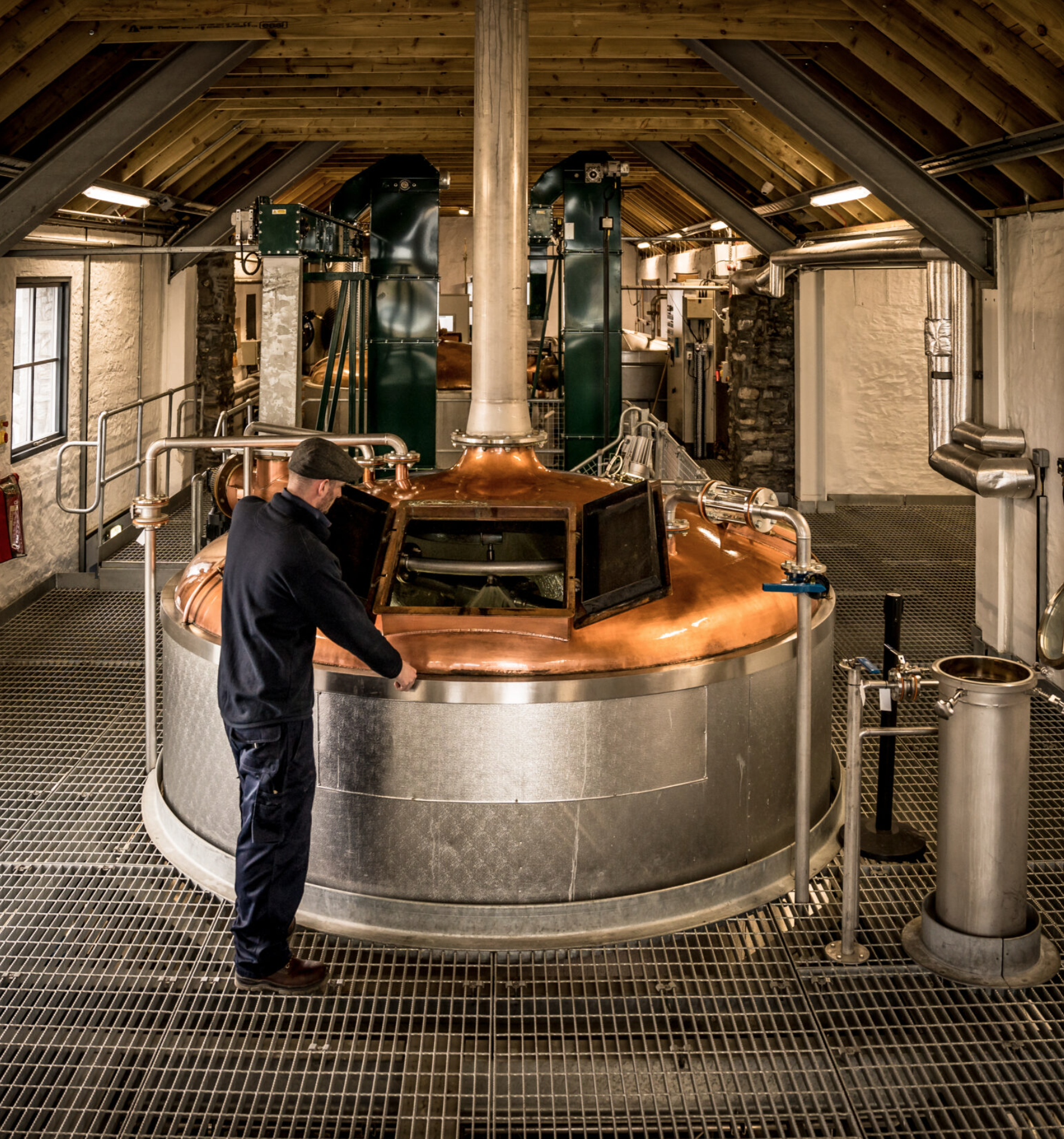
To conclude this article, we would like to take a look at the most famous distilleries in the region and briefly introduce their flavor profiles, as well as give recommendations for their most popular or most affordable bottlings.
The following are universally considered to be the "top 5" distilleries on Islay: Laphroaig, Lagavulin, Caol Ila, Bowmore, and Ardbeg. This is due to their history and the flavor profile they offer. But don't worry, even if their names sound intimidating, some of these distilleries produce the finest whiskies from Islay.
First, let's mention Bowmore, the first legally licensed distillery on the island, founded in 1779. This distillery is often referred to as the "gateway to the Islay region" because of the smoothness of its distillate and how well peat is incorporated into it. Their most famous bottling is probably Bowmore 12. It is a 12-year-old whisky matured in a combination of bourbon and sherry casks, bottled at 40 % alcohol by volume. It is a very smooth and delicious whiskey that is also accessible to novice whiskey drinkers. It has notes of vanilla, citrus, dried fruit, black pepper, sea salt, delicate peat, and flowers.
Next, we have the Caol Ila distillery, which is often referred to as "Lagavulin's little sister" (because both distilleries are owned by Diageo). Caol Ila was founded in 1846, and a large part of the distillate it produces is used in Johnnie Walker blends. However, they also have their own bottlings, the most famous of which is Caol Ila 12. This is a whisky that has been matured for 12 years in bourbon casks and bottled at 43 % alcohol by volume. This makes it more straightforward and fresher. It has notes of citrus, oak, earthy peat, sea salt, vanilla, and honey.
And now to Lagavulin itself, founded in 1816. There are probably very few people who have never heard of this distillery. Lagavulin 16 is commonly referred to as a "gentleman's dram." It is a whisky matured for 16 long years in a combination of sherry and bourbon casks, which is finally bottled at 43% alcohol strength. It has notes of leather, tobacco, dark chocolate, earthy peat, dried fruit, and honey. It is a more intense and smokier but delicious and creamy whiskey that has won the hearts of whiskey lovers around the world. In our opinion, few things can match a freshly opened bottle of Lagavulin 16.
Ardbeg, founded in 1815, enjoys the limelight both because it is one of the most smoky whiskies from Islay (malt smoked at 55PPM, compared to Bowmore, where malt is smoked at 20PPM, or Lagavulin, where it is smoked at 35PPM), and also because it is owned by LVMH (Louis Vuitton, Moët Hennessy), which has ranked it among the luxury, premium whisky brands. Their most famous bottling is probably Ardbeg 10, a whisky aged for 10 years in bourbon barrels. The taste is intense with peat, charcoal, tar, citrus, vanilla, wet wood, oak tannins, and a hint of salt. This is a whiskey for connoisseurs or those with a strong constitution, because if you poured Ardbeg 10 for a beginner, you would completely discourage them from drinking Scotch whiskey.

Finally, we will mention Laphroaig, which has appeared several times in this article. It was founded in 1815 and produces a very specific type of whisky, often referred to as medicinal. Their most famous bottling is definitely Laphroaig 10, which has been aged for 10 years in bourbon barrels and is bottled at 40% alcohol by volume. The flavor profile is very distinctive. The nose is struck by the intensity of earthy peat, sea salt, iodine, tar, burning rubber, burnt citrus, and hot coals. On the palate, the whiskey is creamy, with notes of citrus, peat, iodine, tar, smoldering embers, seaweed, and sea salt. The finish is long and dry, with notes of honey and citrus and, of course, a lingering taste of peat.
In this article, we looked at what Islay is, what kind of whiskey comes from there, and why this whiskey is currently so popular among enthusiasts. We also introduced some of the better-known distilleries and talked more about their most famous bottlings. We could write in depth about each distillery, and perhaps there will be an opportunity to do so in another article, because each distillery has a rich history and a large number of interesting bottlings that we could explore.
Whether you are a beginner or an experienced taster, this region offers an unforgettable taste experience, full of tradition and ambition. Whether you start your journey with a dram of Bowmore 12 or decide to try one of the region's unpeated whiskies, an amazing journey full of taste and discovery awaits you.
Sláinte!
1 Technically, no whisky is single malt. This is not possible because whisky production requires a lot of malt, so distilleries buy different types of malt from different suppliers in different countries. The term "single malt" means that the whisky in the bottle was produced in a single distillery and from 100% malted barley.
Important facts about Islay whisky:
What is Islay whisky?
It is a whisky originating from the island of Islay, one of the five officially recognized regions of the Scotch Whisky Association. It is characterized by its distinctive peaty and smoky character.
Why is Islay whisky peaty?
The island is poor in wood but rich in peat. Traditionally, it was used to dry barley, which transferred smoky and earthy tones to the resulting whisky.
What does PPM mean in whisky?
PPM (parts per million) refers to the amount of phenols in the malt before distillation. It expresses the level of smokiness in whisky, although after distillation and maturation, the resulting intensity may vary.
What flavors can I find in Islay whisky?
In addition to peat and smoke, there are notes of iodine, sea salt, ash, tobacco, citrus, vanilla, and even medicine or burning rubber.
Which distilleries on Islay are the most famous?
The "top 5" include Laphroaig, Lagavulin, Caol Ila, Bowmore, and Ardbeg. Each has its own flavor profile and iconic bottling.
Are there any non-smoked Islay whiskeys?
Yes, for example, Bruichladdich Classic Laddie or Bunnahabhain 12 . They are smoother and also suitable for beginners.
Where can I start if I am a beginner?
Bowmore 12 or Caol Ila 12 are excellent choices – smoother, but still typical representatives of the region.


